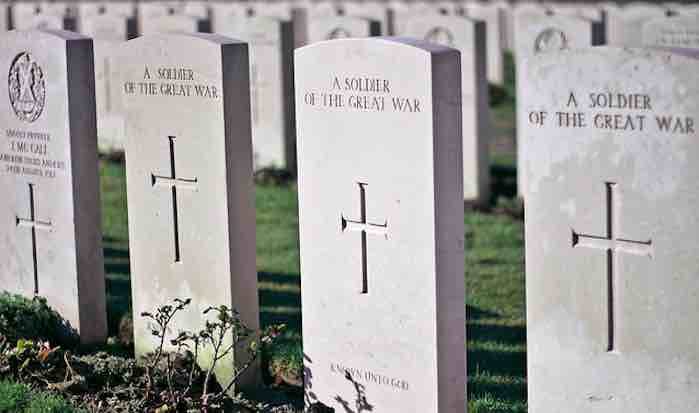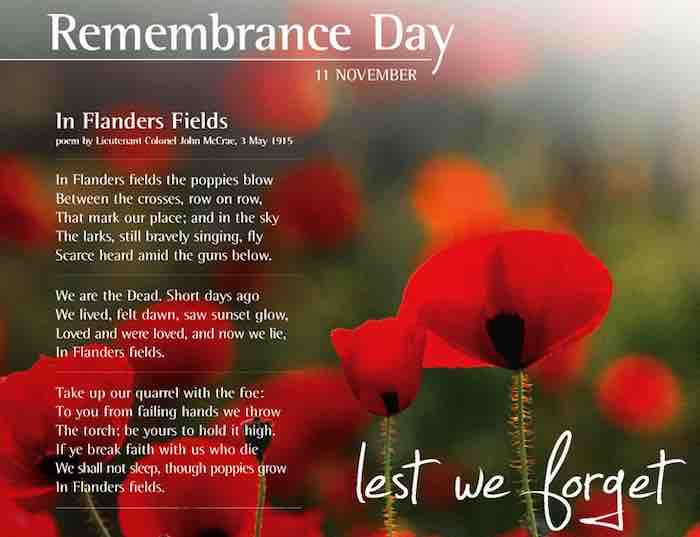By Dr. Bruce Smith ——Bio and Archives--May 28, 2023
HeartlandLifestyles | CFP Comments | Reader Friendly | Subscribe | Email Us

I've seen them. In every little village across England and Scotland, they’re there. They’re found across Canada from the Maritimes to the Prairies to British Columbia. Sometimes they are at the crossroads where they can’t be missed, and sometimes they’re off to the side, shielded from the traffic and the bustle. When you know what they are, they become irresistible. When I see one, I have to stop, then approach in reverence. The names are usually toward the bottom where the monument is wider, and often they are on every side. In some towns the list is shockingly long, but in others there may be only a dozen or so. There’s a solemn irony for you. From this tiny village of perhaps three-score houses only a dozen were killed.
I’ve seen them in France, as well. They’re even more somber and shocking, if you can imagine it. The lists of the dead are longer. France was largely an agricultural country when the war began in 1914, so every little village far away from the Western Front and far away from Paris and Lyon and Bordeaux has a monument, too. There are French names I’ve never heard of before. Clearly, there are repeated names that indicate brothers who were lost. Even when visiting on a sunny day, the weight of their loss, the impact of the names on the markers is intense. All lost.
Along the Western Front in France and Belgium there are upwards of 1000 military cemeteries commemorating the dead of the Great War. They are unforgettable. The British cemeteries are always immaculate and stunning. Nothing is ever out of place, crooked, untrimmed, or untended. The French cemeteries are more somber and equally stunning. They are places of eternal horror and also of eternal hope, terrifying and beautiful.
In the US, the cemetery markers show us those who served, not just those who gave their lives. The marble markers provided by the government differ little from the markers of those who served in the Second World War. Many veterans of the Great War, like my paternal grandfather, have only the bronze marker on a stake that indicates their service. These often bear the star of the American Legion. The Second World War stake markers have an eagle on them, so even from a distance they can often be distinguished.
On the Western Front, the most solemn of all are the monuments to the unknown dead, lives commemorated, but anonymously. They are very common, and very troubling.
Image of three unknowns in a row

So it is a solemn duty bequeathed to us by those who served. Go find them. Recall their sacrifice. Never forget.
Final image: image with poppies and McCrae’s poem

View Comments
Dr. Bruce Smith (Inkwell, Hearth and Plow) is a retired professor of history and a lifelong observer of politics and world events. He holds degrees from Indiana University and the University of Notre Dame. In addition to writing, he works as a caretaker and handyman. His non-fiction book The War Comes to Plum Street, about daily life in the 1930s and during World War II, may be ordered from Indiana University Press.